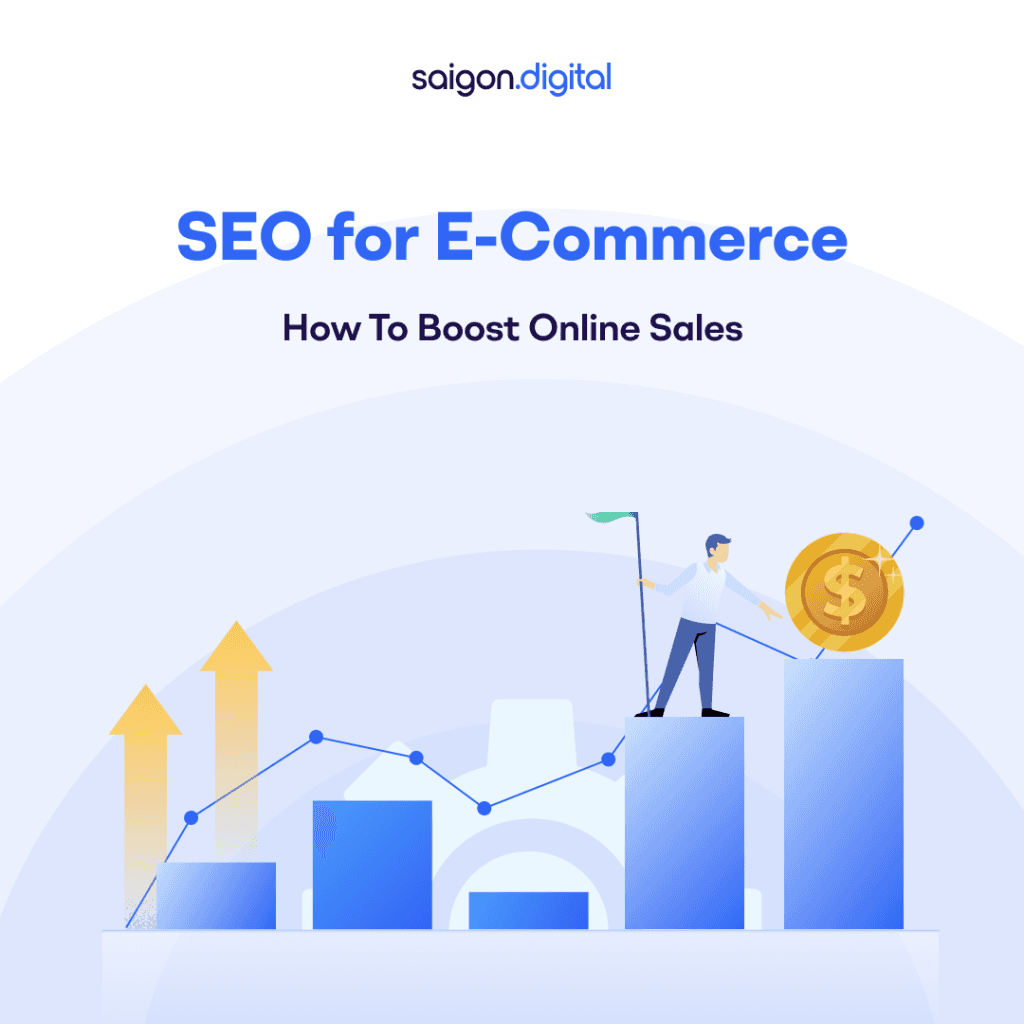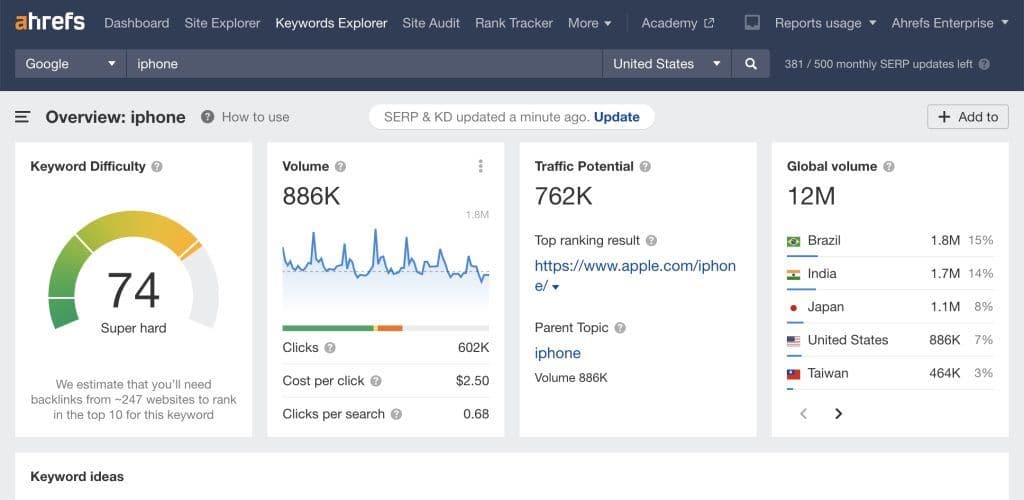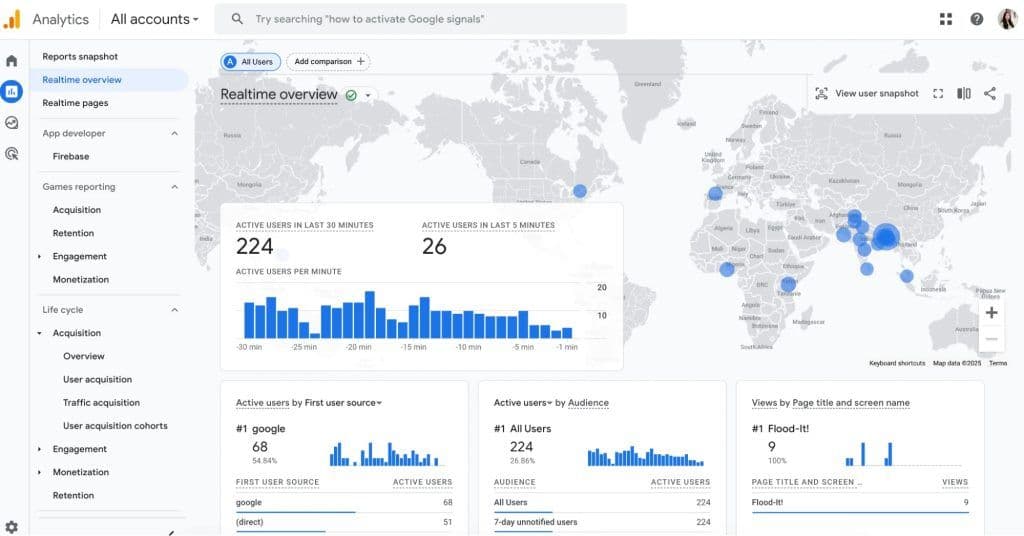
Why SEO for E-Commerce Matters
Search Engine Optimisation (SEO) is the practice of improving your website’s visibility in organic (non-paid) search engine results. For e-commerce businesses, this visibility is crucial, because the vast majority of online shoppers begin their buying journey with a Google search. When your product pages rank well, you're more likely to attract users who are already in buying mode. Unlike paid ads, organic visibility also tends to deliver more sustainable long-term ROI and builds brand credibility over time. By investing in e-commerce SEO, businesses can:- Drive consistent, high-intent traffic to product pages.
- Reduce dependency on paid advertising.
- Improve the user experience, leading to higher conversions.
- Strengthen online brand authority in a competitive market.
Core Foundations of E-Commerce SEO
Before diving into advanced strategies, it’s essential to establish a strong SEO foundation for your e-commerce website. Here are the key pillars:Keyword Research for Product Discovery
Effective e-commerce SEO starts with understanding how your target audience searches for products. Conducting keyword research helps you uncover terms with high search volume and commercial intent, such as:- Product-specific terms (e.g., “wireless noise-cancelling headphones”)
- Category-level terms (e.g., “women’s sportswear”)
- Transactional modifiers (e.g., “buy online”, “on sale”, “UK delivery”)

On-Page Optimisation of Product and Category Pages
Each product and category page should be optimised for a primary keyword , with supporting secondary keywords woven naturally into the content. Focus on:- Page titles and meta descriptions: Write clear, compelling titles and meta descriptions that encourage clicks and include keywords naturally.
- Header tags (H1, H2, H3): Structure your content logically to help both users and search engines navigate the page.
- Product descriptions: Avoid using manufacturer-supplied descriptions. Instead, write unique, engaging descriptions that address user needs and include relevant keywords.
- Image optimisation: Use descriptive alt text and compress images to ensure fast page load speeds.
Site Structure and Navigation
Search engines and users should be able to access and navigate your site effortlessly. A flat, logical site architecture makes it easier for search engines to crawl and index all relevant pages. Best practices include:- Use keyword-optimised URLs (e.g., /mens-running-shoes/ instead of /product123)
- Implement breadcrumb navigation to enhance usability
- Ensure important pages are no more than 3 clicks away from the homepage
Mobile and Speed Optimisation
With more than half of online shopping done via mobile devices, mobile-first design is non-negotiable. A slow or poorly optimised mobile site can hurt your rankings and your sales. Focus on:- Responsive design that adapts to different devices
- Fast page load speeds (ideally under 3 seconds)
- Minimising unnecessary scripts and plugins
Advanced E-Commerce SEO Strategies to Drive Sales
Once your foundations are in place, here are advanced techniques to help increase organic visibility and online revenue:Schema Markup for Rich Snippets
Implementing structured data (schema markup) on your product pages allows Google to display rich snippets, such as star ratings, price, availability, and reviews, in search results. This improves visibility and can significantly boost click-through rates.
User-Generated Content (UGC) and Reviews
Search engines value fresh, relevant content. Encouraging customers to leave reviews on product pages not only builds trust but also adds unique content that supports SEO. Consider allowing Q&A sections, photo uploads, and user testimonials to further enrich your content.Content Marketing and Blogging
Publishing quality blog content related to your niche is a powerful way to drive organic traffic. Focus on informational queries that align with your audience’s needs, such as:- “How to choose the right hiking boots for beginners”
- “Top 10 skincare products for sensitive skin”
- “What to pack for a ski holiday in Europe”
Optimising for Long-Tail Keywords
Long-tail keywords are specific, lower-competition search terms that often signal high intent. For example, “leather laptop bag for women UK” may not have massive search volume, but it targets users who are closer to purchasing. By creating dedicated landing pages or optimising existing ones for these queries, you can capture highly qualified traffic.Technical SEO and Crawl Optimisation
Technical SEO ensures that your site is accessible and indexable. Key actions include:- Fix broken links and redirect chains
- Generate and submit an XML sitemap to Google Search Console
- Use canonical tags to prevent duplicate content issues (especially common in e-commerce with product variations)
- Implement robots.txt rules thoughtfully to avoid blocking important pages
Common SEO Pitfalls in E-Commerce (And How to Avoid Them)
Despite best intentions, many online retailers fall into common traps that harm their rankings:Duplicate Content
One of the most common SEO issues in e-commerce arises from duplicate content , particularly when businesses use manufacturer-supplied product descriptions or copy-paste the same text across multiple product pages. Search engines struggle to determine which version to rank, often resulting in none of them performing well. To avoid this, always write unique descriptions tailored to your audience, highlighting the product’s key features and benefits in your brand’s own voice. Implement canonical tags where necessary to help Google identify the original page when duplication is unavoidable.Thin Content
E-commerce sites often suffer from thin content, where product or category pages lack meaningful information. A single sentence or a few specifications rarely provide enough context for search engines, or customers. Thin content pages are unlikely to rank well and typically offer a poor user experience. Instead, aim to provide detailed descriptions, size guides, feature breakdowns, FAQs, and customer reviews where possible. Not only does this help with rankings, but it also builds buyer confidence and improves conversion rates.Poor Internal Linking
Failing to implement a strong internal linking structure can isolate important pages, making them harder for search engines to crawl and index effectively. More importantly, it weakens the user journey, leading to higher bounce rates and missed sales opportunities. To address this, link related product pages, collections, and blog content together using keyword-rich anchor text. Use breadcrumb navigation and contextual links within content to guide both users and bots through your site more intuitively.Neglecting Analytics and Reporting
Without proper analytics in place, you’re essentially flying blind. Many e-commerce businesses overlook setting up tools like Google Analytics 4 or Search Console, or fail to monitor them consistently. As a result, they miss critical insights into what’s driving traffic, where users drop off, and how SEO is performing over time. To avoid this, establish regular reporting routines, set up conversion tracking, and review keyword performance monthly. Data should inform every optimisation decision to ensure your SEO efforts translate into actual sales growth. By proactively addressing these issues, businesses can maintain strong SEO performance and maximise return on investment.





